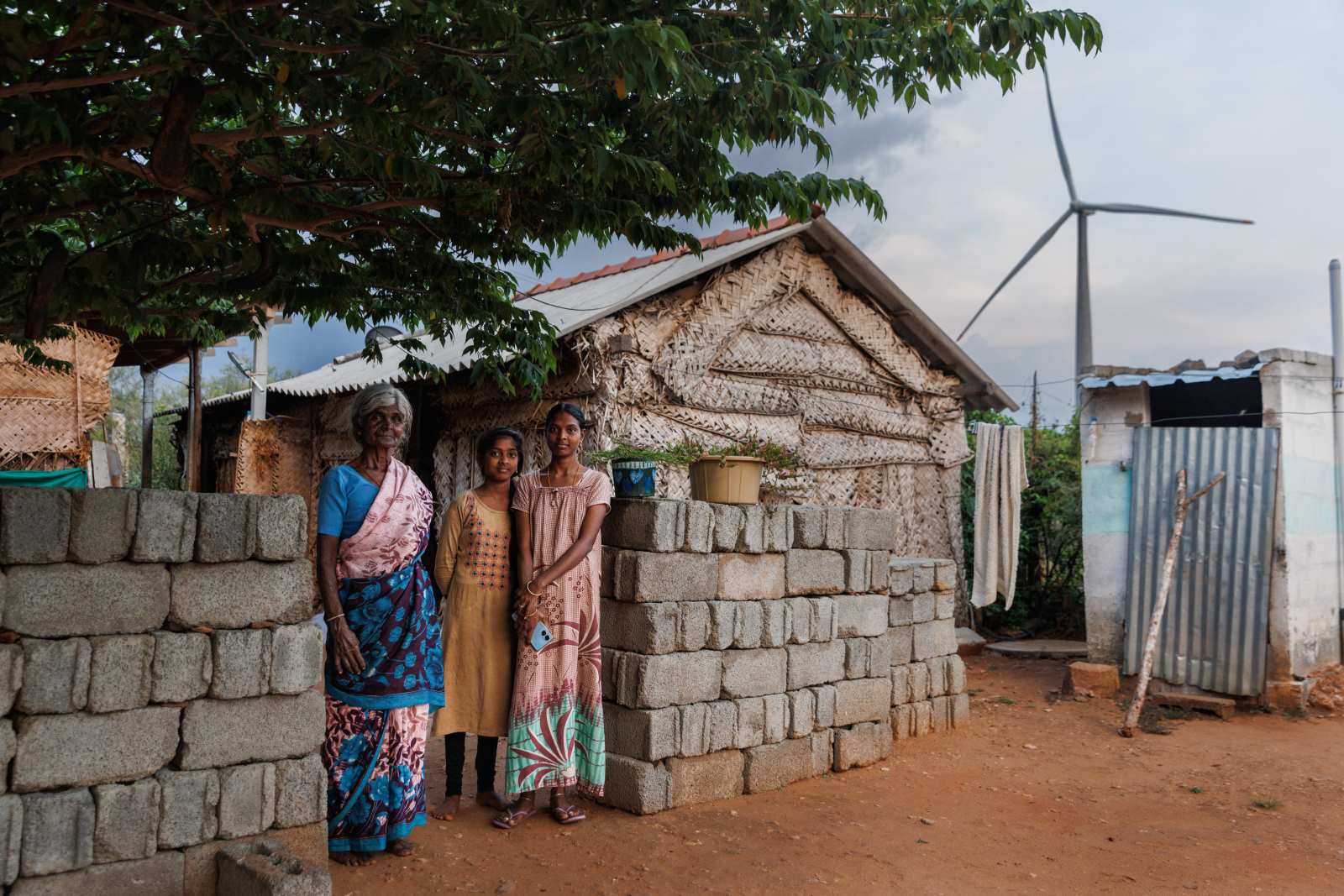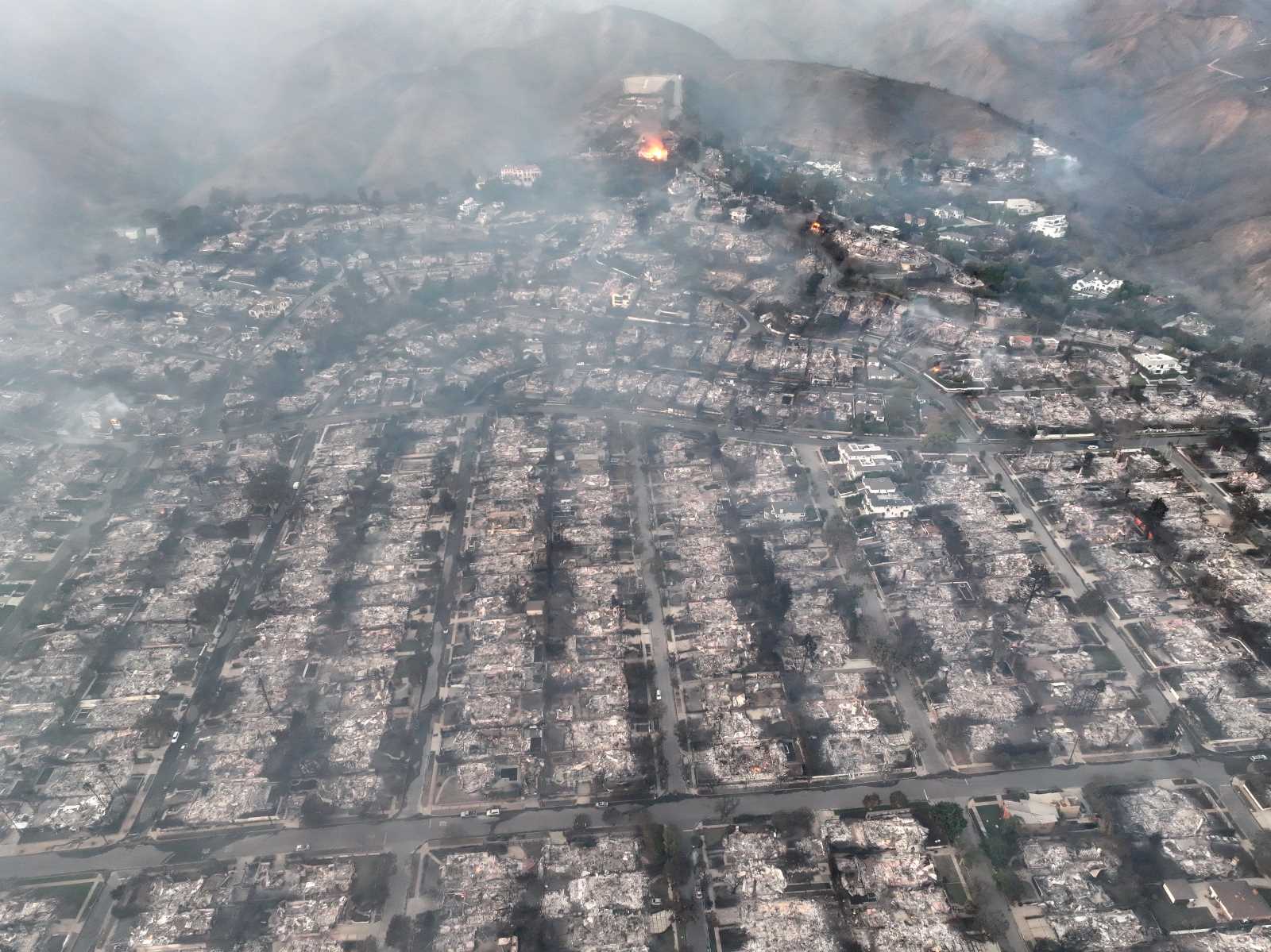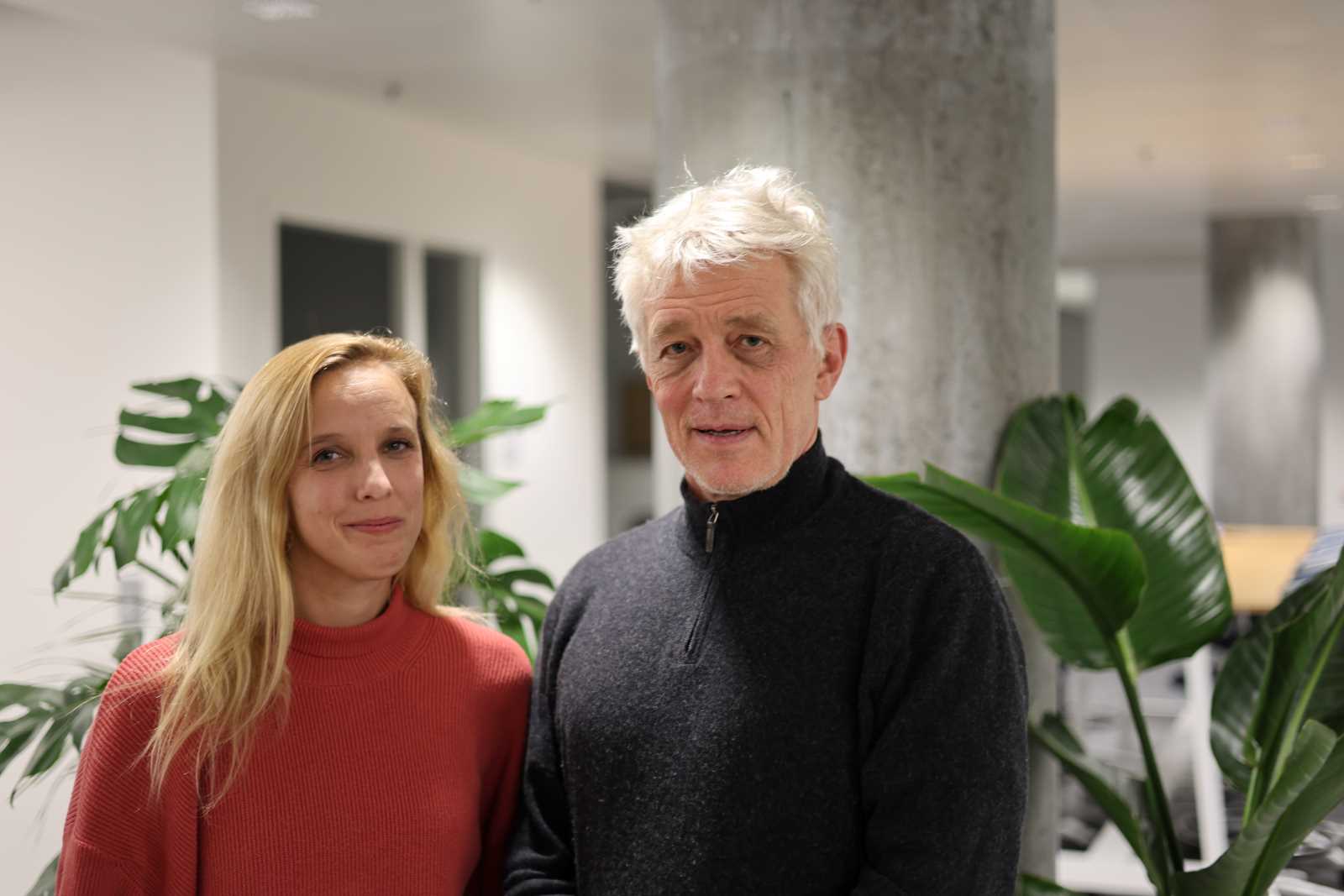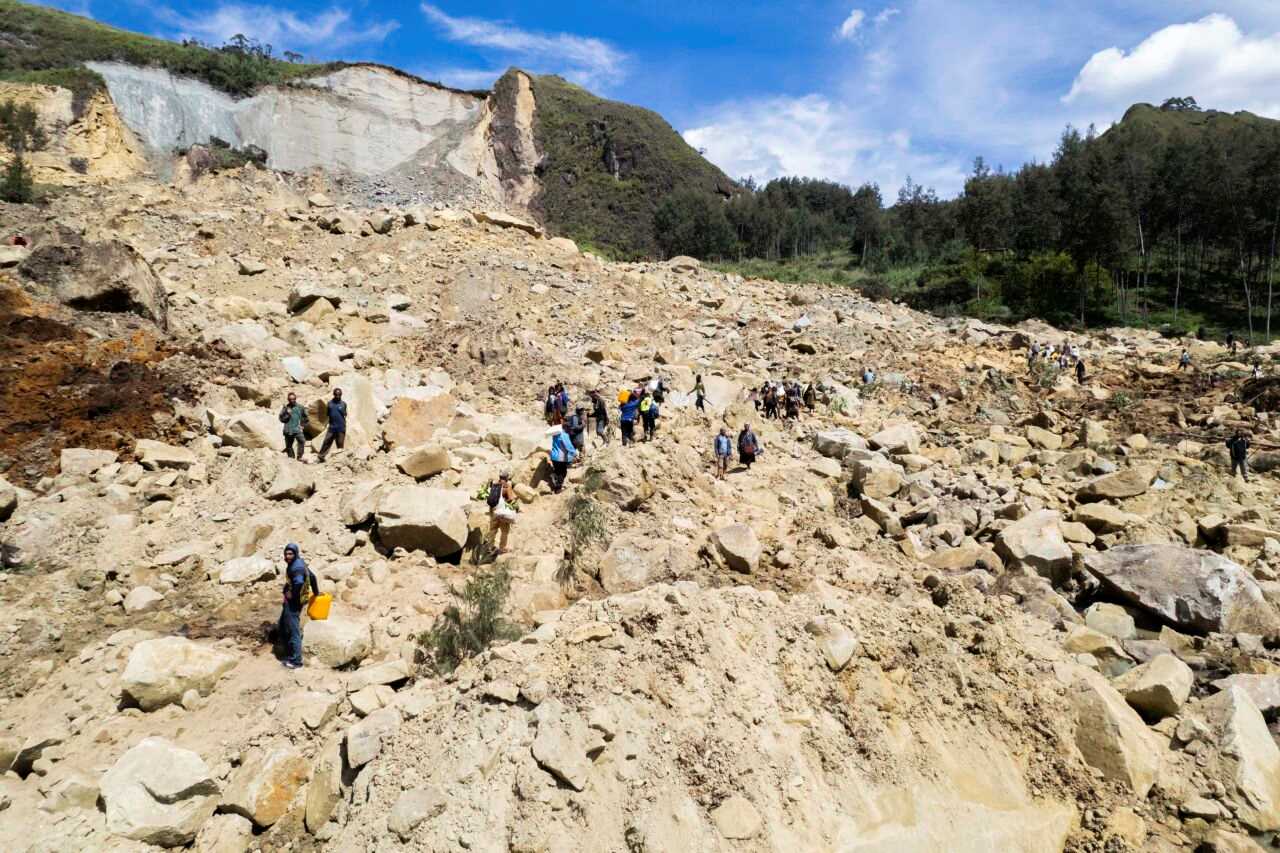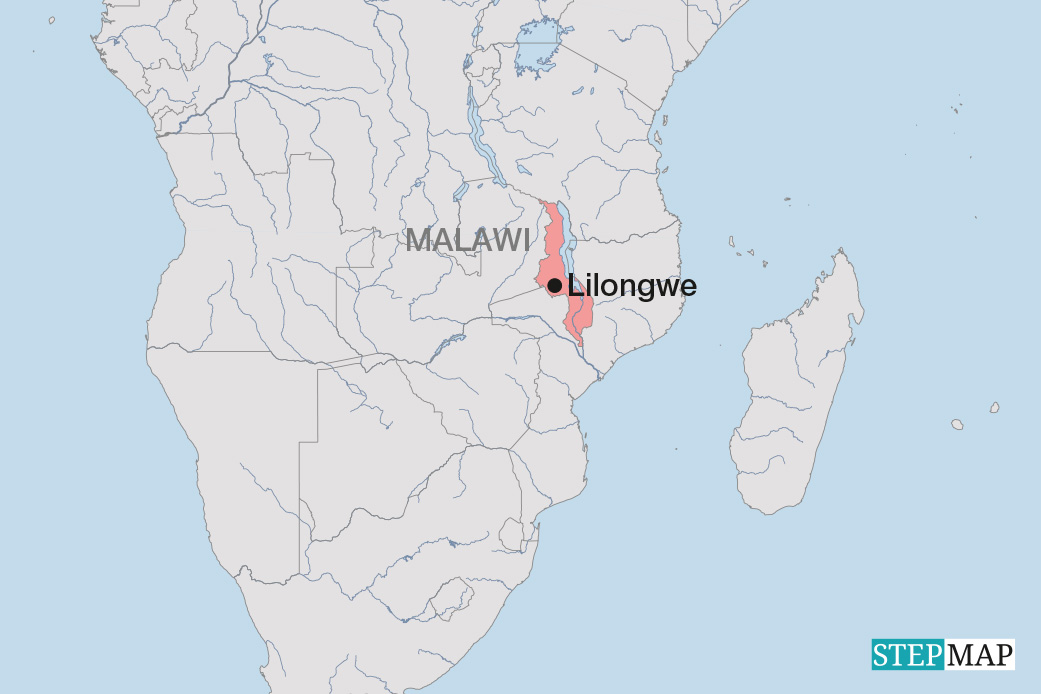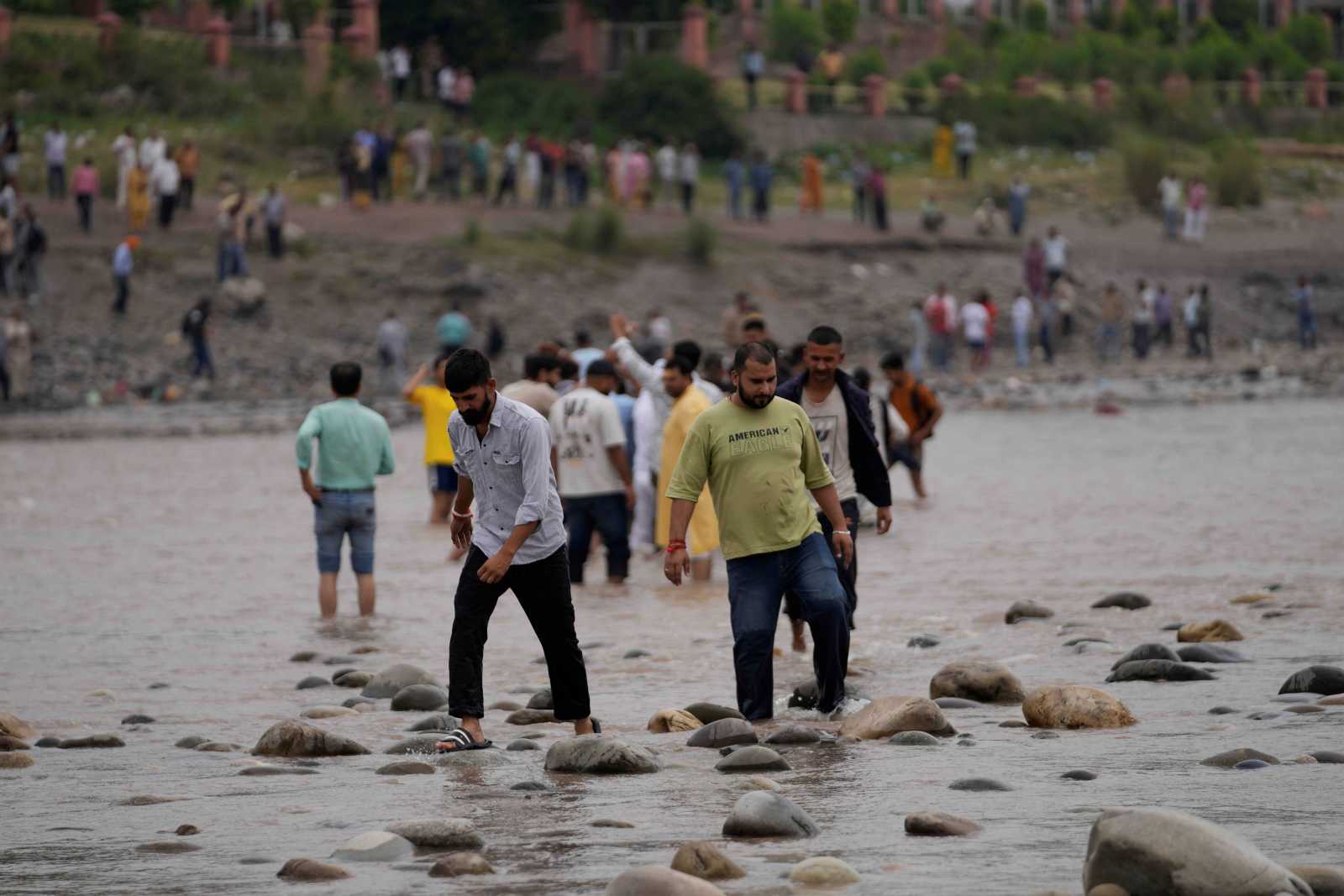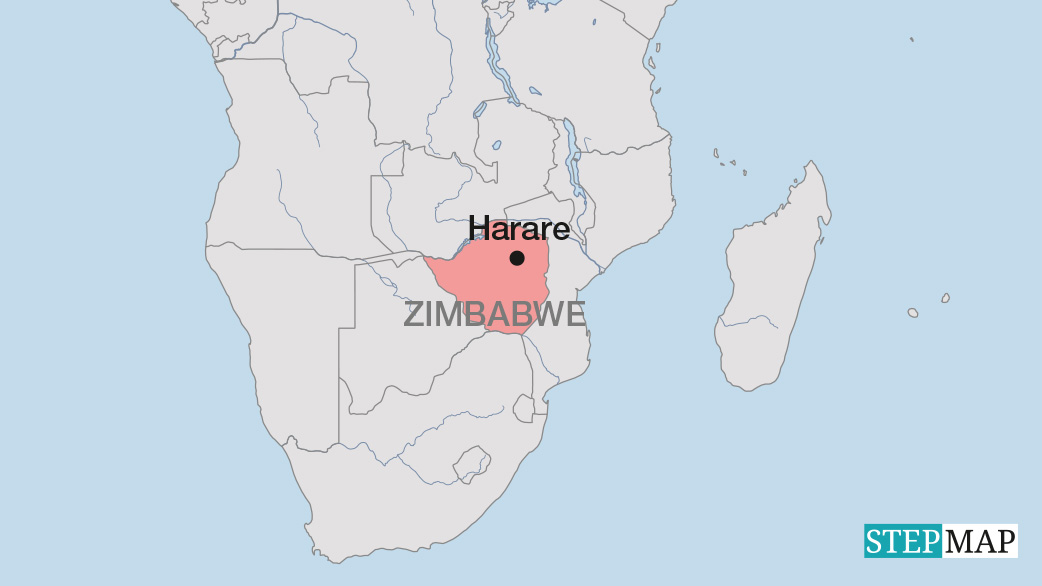Book review
“Energy transition” does not mean what you think it does
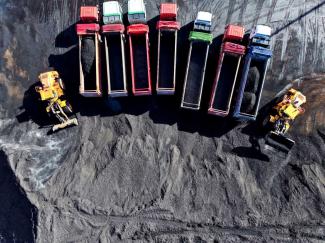
The climate crisis largely results from human energy use. Accordingly, “More and more and more – An all-consuming history of energy” by Jean-Baptiste Fressoz is a most pertinent book.
Fressoz is a historian of science and technology at the Centre Nationale de la Recherche Scientifique in Paris and previously worked at the Imperial College London. His book deals with several energy “transitions” that occurred in human history. According to him, “transition” is actually a misnomer because it normally remains incomplete. When a new source becomes prevalent, the old ones stay in use too.
Fressoz deals with the shift from wood to coal for example. What is largely ignored today is that the “coal age” consumed huge amounts of wood. When undergoing the industrial revolution, countries typically burnt more wood than they did before, but coal seemed more prominent because it was new and powered machines.
Indeed, the coal age was a time of forest depletion in Britain. One cause of growing wood demand was the mining industry’s use of timber. To extract coal, mine tunnels had to be stabilised. However, wood was also used as a source of energy.
As Fressoz points out, forests keep being destroyed even today, with an annual 2 billion cubic metres of wood being felled around the world each year. That is three times more than a century ago. Moreover, demand for land means that forests are being cut down at a fast rate. Even as the supposed transition to renewables has begun, the destruction of forests continues.
According to Fressoz, whatever is considered “modern” at any point in time tends to coexist with traditional technologies. Indeed, the scholar points out that “Angela Merkel’s Germany consumed three times as much coal as Bismarck’s Germany” did in the late 19th century. If, moreover, the coal used to make goods that a country imports were included in that country’s carbon footprint, Britain, which has actually phased out coal mining, would still account for an annual 50 million tonnes of coal.
The oil age supposedly started in the 1950s, as Fressoz reports, but the greatest increase in global coal use (300 %) occurred between 1980 and 2010. Since 1980, for example, coal consumption multiplied by a factor of 10 in China, a factor of 12 in Taiwan and even a factor of 50 in Indonesia.
The author points out that the current expansion of wind power depends on coal to a large extent. The steel needed to build windmills, after all, tends to be produced with coal. Fressoz insists that energy sources are symbiotic more than they compete with one another. In his eyes, moreover, it does not make sense to look at energy in isolation. What really matters is how a great variety of materials are used. He points out that steel is largely tied to coal, while plastics are derivatives of oil.
In Fressoz’ view, it is important to learn from the past to build a future. “The climate imperative does not call for a new energy transition,” he insists, “but it does require us to voluntarily carry out an enormous energy amputation.” Humankind must fast reduce the share of fossil fuels. They make up three quarters of world consumption now and have to be phased out within four decades. In his eyes, it is a fallacy to believe that fossil fuels can be simply replaced by other technologies.
Fressoz hopes it can be done, and he repeatedly makes it clear that he does not oppose renewable energy sources. He leaves no doubt, however, that a conventional energy transition will not do because this time the new technologies must replace the old ones. Fressoz also wants the interests of countries with high incomes and emerging markets to be reconsidered. It is misleading to only blame the latter for emissions caused in the production of goods consumed by the former.
Reference
Fressoz, J.-B., 2024: More and more and more – An all-consuming history of energy. London, Allen Lane/Penguin.
Ipil Monica Baski is a student at Jadavpur University in Kolkata.
https://www.instagram.com/whois.ipil01_/

